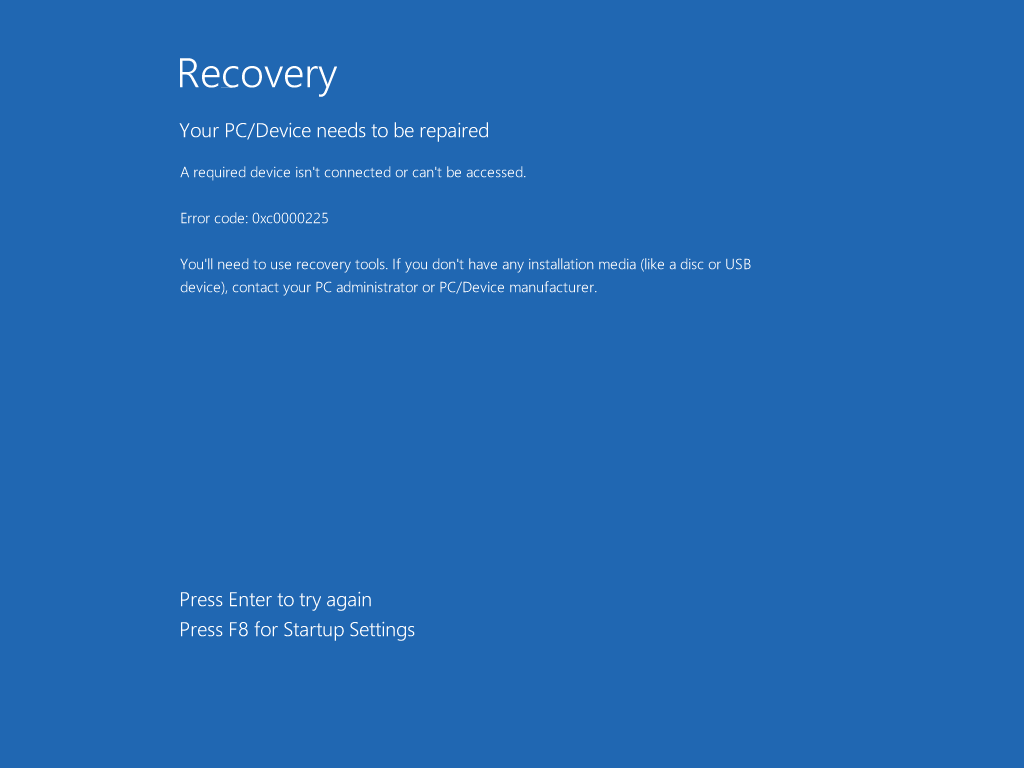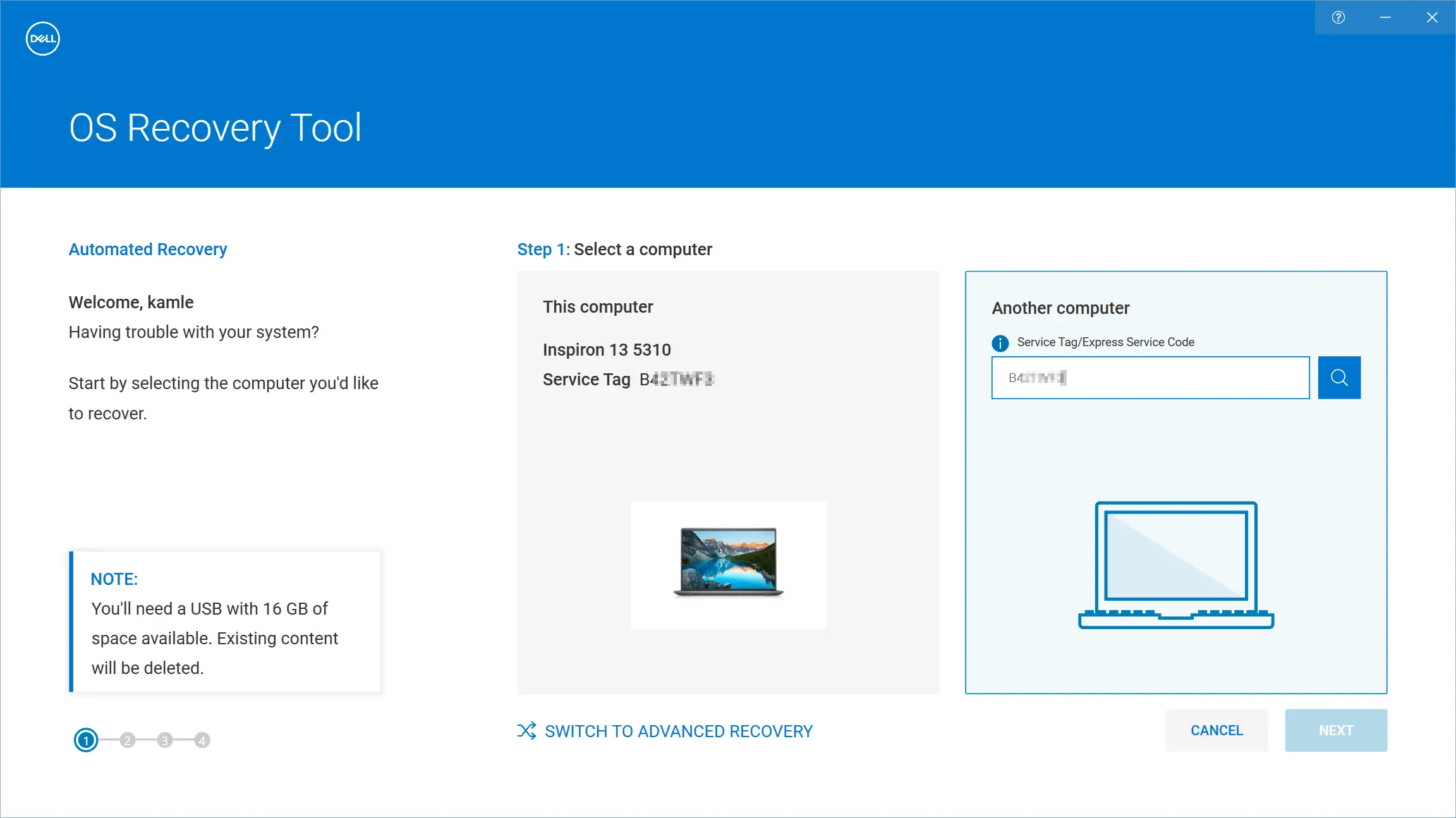

Repeat Windows Update until no more updates are discovered.Go to Windows Update and get the latest updates from Microsoft.Note that if your BIOS is administratively locked you'll need to get the bios update from and install it outside Dell Command Update. After reboot, run Dell Command Update with a normal search for drivers and BIOS updates.Run Dell Command Update, selecting the Download all drivers for a fresh install the first time.Install Dell Command Update (it's actually on my Windows installation USB stick).Boot Windows Setup and use custom setup, deleting all the partitions.My rebuild order for Dells is as follows:

Dell's drivers are generally optimized for their hardware and improve both performance and stability relative to the generic drivers from Microsoft. Install the Dell Command Update and have it install the Dell drivers. Then of course the latest Windows updates until no new ones are discovered. The first thing I did after the fresh Windows installation was to install Dell Update and Dell Power Manager. Or does anyone have an idea what the issue could be and how I can solve it? Has anyone experienced this with a Dell device (XPS13 9310) before? It is a bit unusual that the factory state with all the bloatware seems to be faster.

Click-boom, booted in a few seconds, login via the fingerprint sensor instantly and the apps felt much more responsive. The Dell Windows 10 installation was really snappy and responsive. Unfortunately, I was disappointed to find that the device now behaves visibly slower and more sluggish. The whole boot process takes longer, applications take longer to start and even the explorer takes a moment until it is ready. I have decided to set up my with a fresh Windows 10 installation to get rid of all the crapware from Dell and related.


 0 kommentar(er)
0 kommentar(er)
